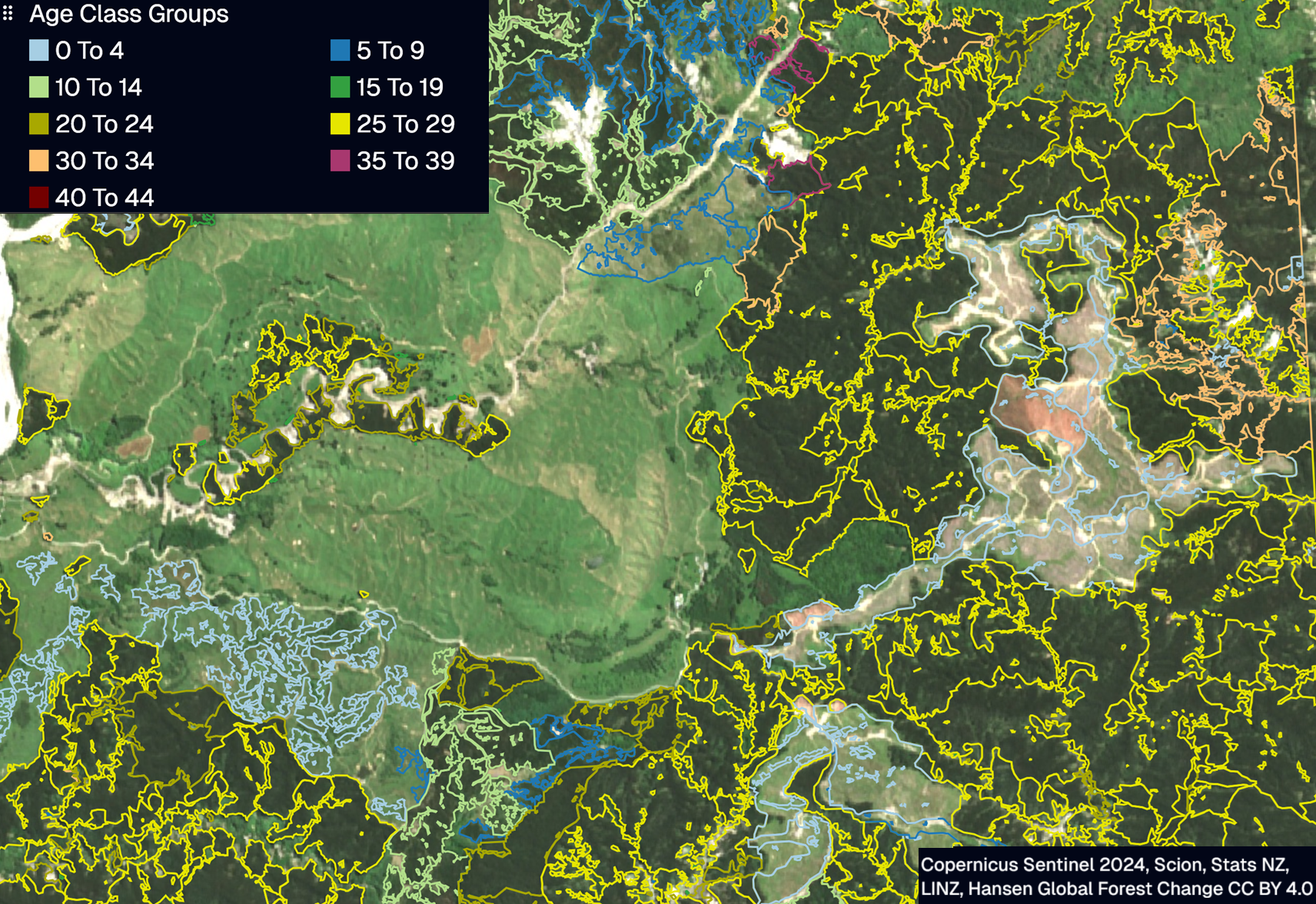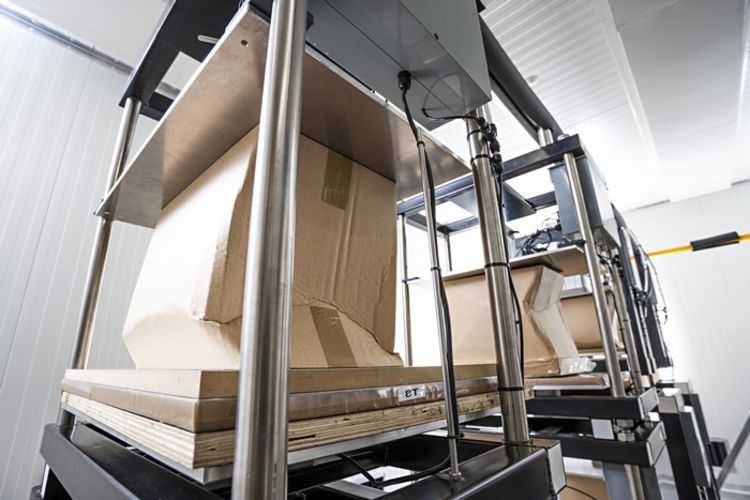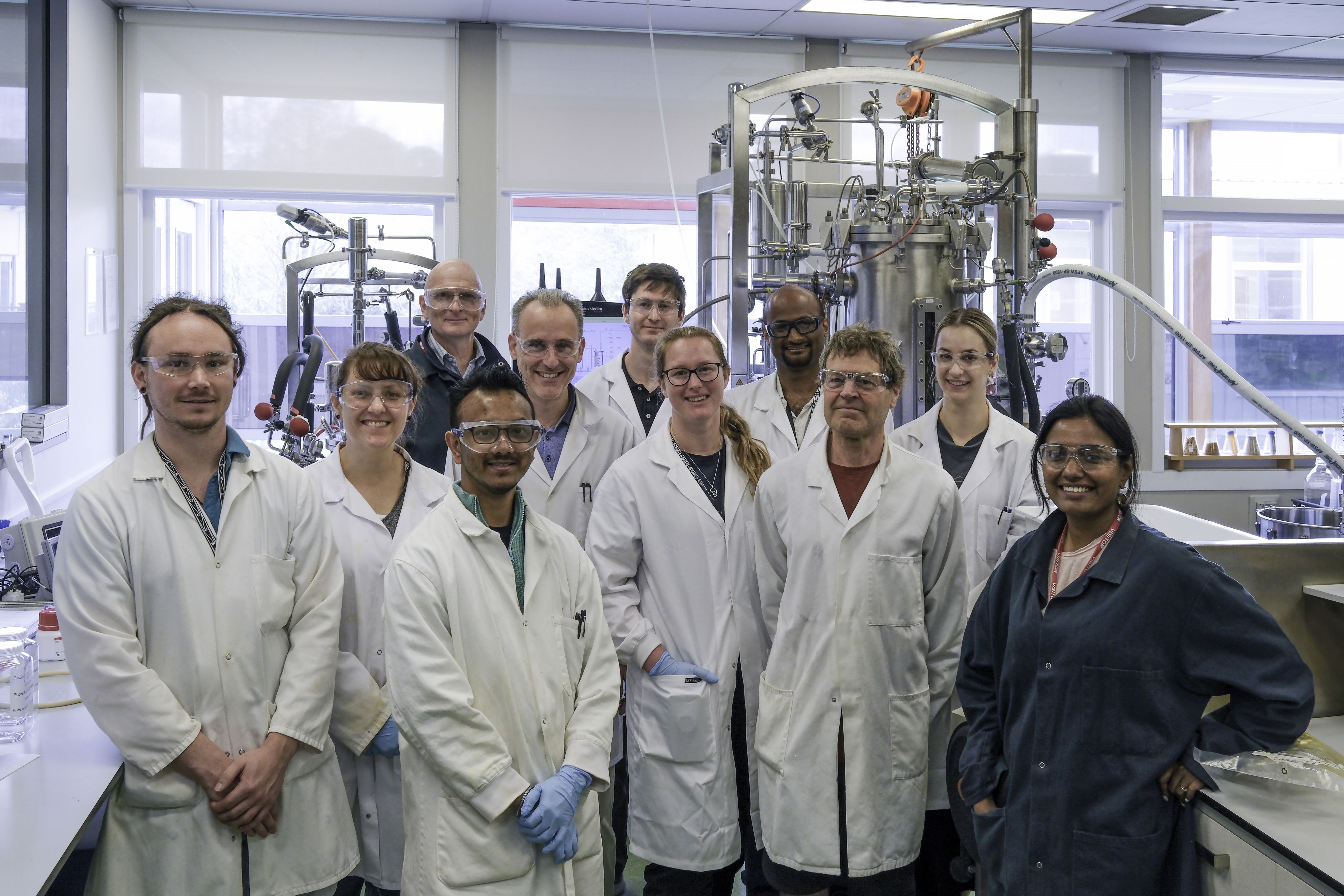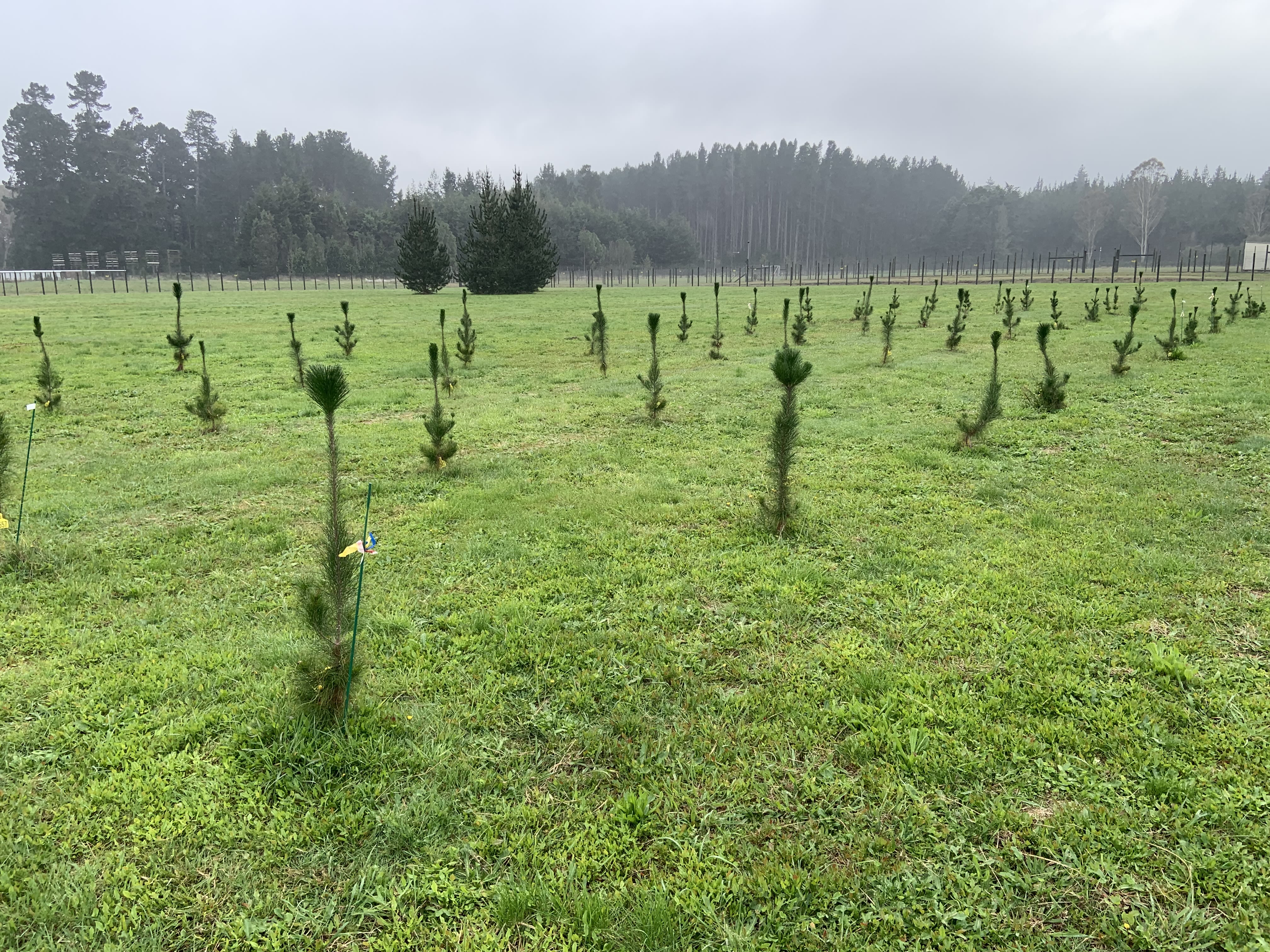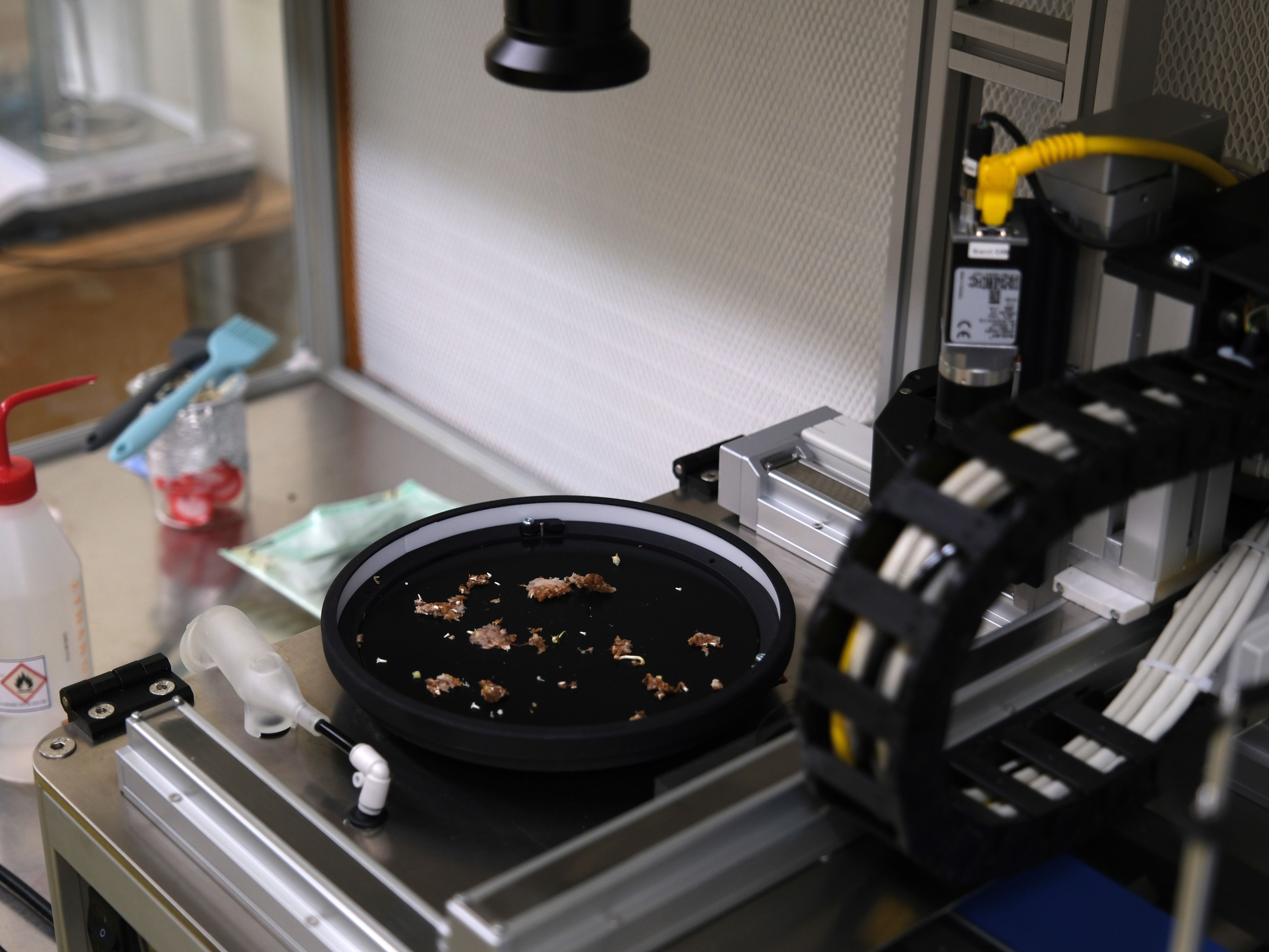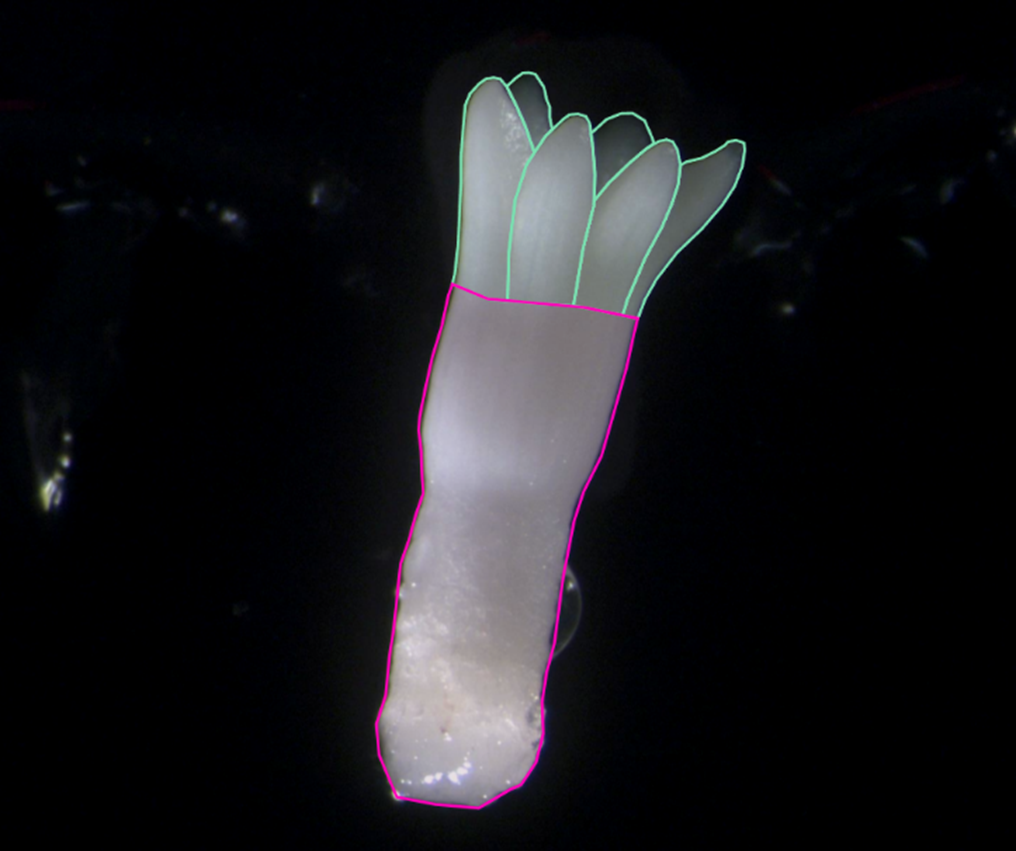Advanced technology
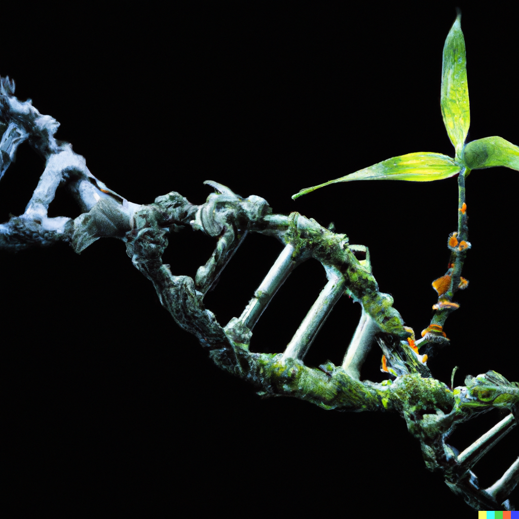
Advanced technology is increasingly in the public eye following the announcement that the New Zealand government will create an organisation to deliver research and build capabilities and commercial outreach in this field.
It has been said this new public research organisation (PRO) will focus on advanced technologies such as artificial intelligence, synthetic biology, aerospace, medical technology and gene and quantum technology. The move to create it presents an opportunity for New Zealand to position itself as a world leader in research across these specific areas.
Most advanced countries have a science policy that outlines what technologies they should take a leading role in researching.
Scion’s view is that the proposed PRO has the opportunity to fill that role for NZ – to continue to define our own research direction as new technologies are developed. Smarter use of advanced technologies and more investment in capital will enable New Zealand businesses to be internationally competitive.
This change is part of reforms aimed at modernising our innovation, technology and science system, to streamline our R&D and ensure it is focused on meeting NZ’s future needs.
However there is much discussion to be had on what the new PRO will look like, and many questions around what specific advanced technologies matter most to NZ.
In Scion’s view, these include:
- Gene tech that will transform agriculture and medicine
- Artificial intelligence and robotics across the agritech and food tech industries
- Advanced manufacturing
- Advanced materials such as biochemicals and bioplastics
- Energy tech developments
- Quantum computing
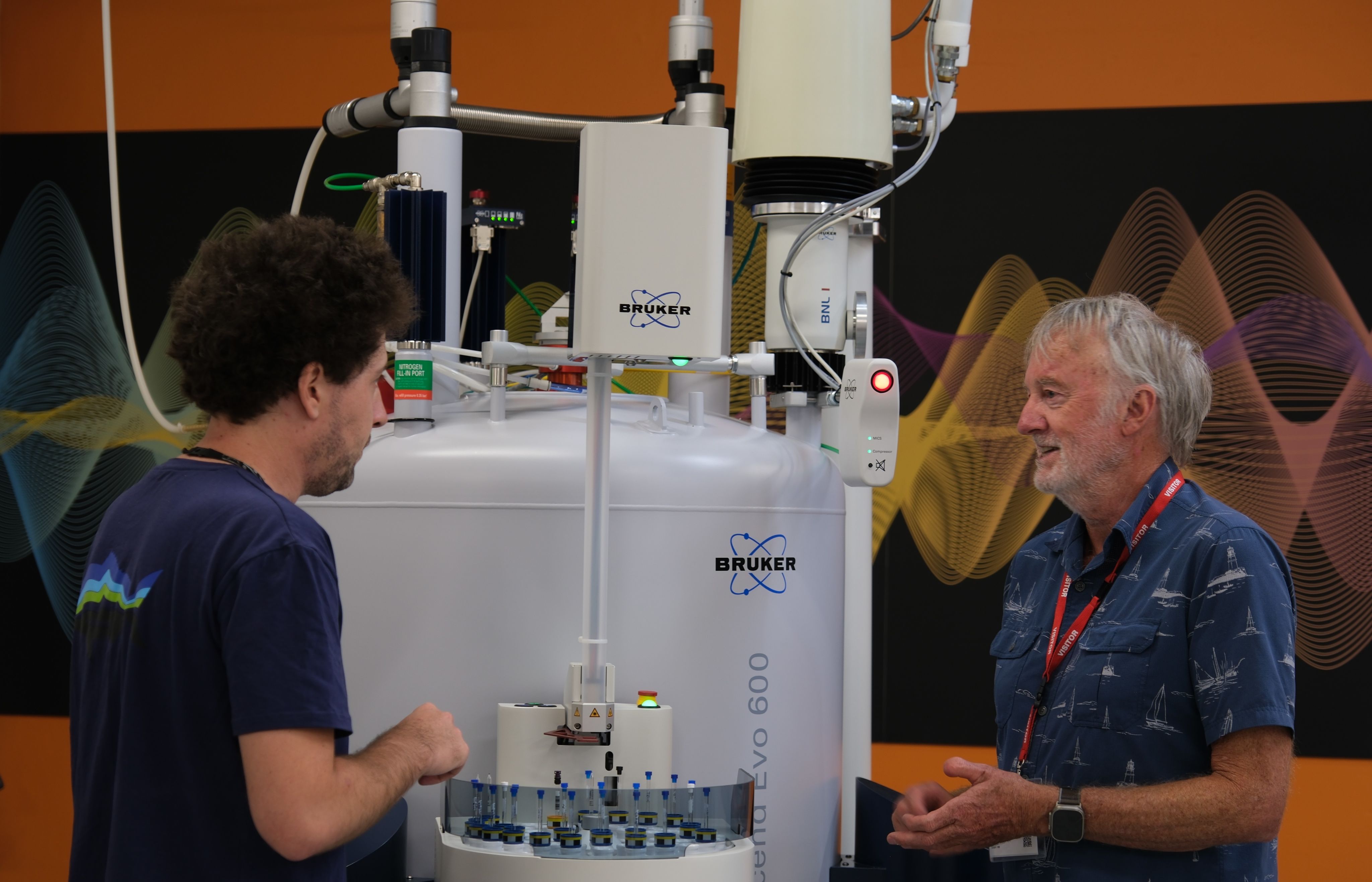
Gene technology
As New Zealand's leading institute for industrial biotechnology and forestry, Scion believes gene technology is key to delivering significant benefits for New Zealand. Proposed regulatory changes will better enable its development – and help New Zealand remain competitive on a global scale.
Fewer restrictions on gene technologies aim to enable the safe use of gene technologies and regulated organisms by managing the risks they pose to people and the environment to enable research and product development. This change will boost New Zealand's productivity and innovation across healthcare, climate solutions and export markets.
“Other countries are already adopting gene technologies to generate economic benefits and protect human and environmental health while developing cleaner and more sustainable processes,” says Dr Alec Foster, Scion’s acting general manager – forests to biobased products.
“To remain competitive, New Zealand needs a regulatory framework that enables collaborative advanced technology development while honouring our unique cultural heritage and environmental stewardship responsibilities.
"These proposed regulations lay the foundations for New Zealand's future bioeconomy - where advances in food and fibre production and sustainable technology drive economic growth and tackle global challenges.”
The Gene Technology Bill will facilitate a collaborative, co-ordinated science approach that will give New Zealand a pathway towards economic prosperity, social advancement and environmental innovation.
“New Zealand has historically relied on imported gene technology products, while our regulations have constrained domestic research and innovation,” Alec says.
“Now, as technologies advance and global regulations evolve, New Zealand is modernising its regulatory framework to capitalise on these opportunities.”
Scion is pioneering multiple gene technology projects. Its research delivers sustainable solutions across biofuels, bioplastics, high-value chemicals and nutraceuticals, using waste biomass and greenhouse gases as feedstocks.
“We're advancing research on enhanced carbon sequestration in trees and conducting world-first field trials of gene-edited conifers designed to improve forest productivity and enable future biorefinery applications,” Alec says.
These and other initiatives help showcase the direct benefits of gene technology in addressing complex environmental and economic challenges, particularly across the forestry and industrial sectors.


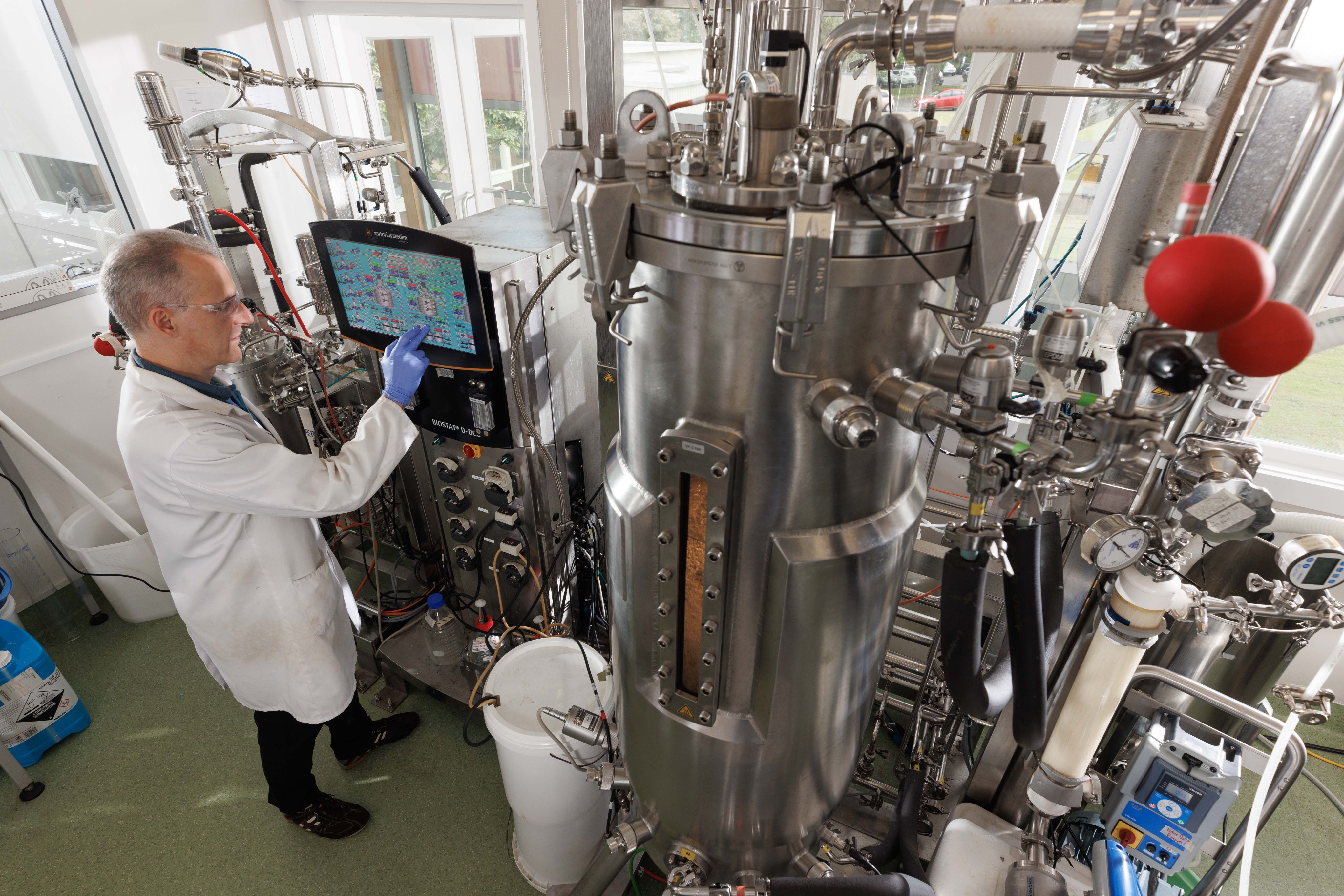
World-leading gene editing research will benefit NZ
Scion has launched the world's first field trial of gene-edited conifers, as part of research aimed at improving wood quality and producing materials to support New Zealand’s bioeconomy.
The organisation has developed and implemented an advanced gene-editing technique known as CRISPR that lets scientists turn off a specific gene within the pine’s complex genome. This helps them understand what that gene does – which in turn builds understanding of how wood develops.
Two sets of trees have been planted, each with a separate gene turned off. This aims to enhance timber quality and improve the process of converting wood into fibre (pulping) and sustainable chemical feedstocks for the bioeconomy.
One of these genes is involved in the synthesis of hemicellulose, a renewable biopolymer (a molecule produced by plants with many versatile, high-value applications. The other is involved in the development of compression wood, which forms on leaning or bent stems to straighten them up.
Compression wood behaves differently from normal wood during timber processing, leading to issues such as warping and reduced strength, as well as making the extraction of fibre and chemicals more difficult.
The trees in this trial were initially cultivated in a contained greenhouse, where their wood underwent a comprehensive analysis.
This research yielded unique and fundamental insights into the mechanisms of cell wall formation.
The trees have subsequently been planted in Scion’s Environment Protection Agency-approved GMO field test containment facility to help scientists better understand how they perform under real-world conditions and to collect sufficient wood for relevant biomechanical experiments.
Scion senior scientist Glenn Thorlby says the trees’ growth and development continue to be meticulously monitored.
“This research will allow us to produce trees that, with optimised wood properties, will support the export of high-value timber and the biomass needed to replace petrochemicals as New Zealand transitions to a low-emissions sustainable bioeconomy.
Additionally, Scion has also developed gene-edited Douglas-fir to create sterile trees that could be planted without the risk of exacerbating New Zealand’s wilding pine issue. These sterile trees would potentially act as a form of biocontrol for future genetically modified trees.
“This will enable Douglas-fir to grow normally but not reproduce, helping limit its spread,” Glenn says. “By targeting reproductive genes, we offer a potential solution to New Zealand’s wilding pine problem.”
Finnish robotics technology supports forest research
A robot jointly developed by Luke and Xamk at the latter’s Electronics 3K Factory uses AI and machine learning to sort somatic embryos (developed from non-reproductive cells), which enables faster and better selection of embryos for germination. The robot’s suitability for radiata pine somatic embryogenesis has been successfully tested. Somatic embryogenesis induces immature embryos to produce cell masses containing many tiny somatic embryos. These are encouraged to form mature embryos to develop into seedlings.
The agreement is part of a research programme funded by Forest Growers Research (FGR) – Tissue Culture Techniques for 21st Century Forests – that aims to scale up propagation and automate processes of somatic embryogenesis for radiata pine.
Scion New Value from a Digital Forest and Wood Sector portfolio leader Dr Michael Watt says this international partnership shows what can be achieved when research and technology unite to resolve global forestry issues.
Upcoming research stages will concentrate on advancing the robot’s capabilities and developing a commercial system for sorting somatic embryos. Additionally, the partnership aims to explore opportunities for commercialising the processes of somatic embryogenesis.
Scion is the science lead for the programme, which aims to create a reliable and cost-effective propagation method to boost productivity and ensure consistent results.
The green tech robotics partnership with Scion and FGR represents a key milestone in the internationalisation of Xamk’s research, development and innovation activities within the forest bioeconomy sector.
ForestInsights data platform offers wide range of benefits
The forestry sector, policymakers and investors stand to benefit from ForestInsights – a collaborative initiative between Scion and Indufor aimed at creating New Zealand’s first comprehensive national dataset of planted forests.
Using artificial intelligence, satellite imagery and advanced processing algorithms, the ForestInsights team has built three core data options: forest boundaries, harvest history and stand age.
Indufor ForestInsights Lead Andrew Holdaway says the initiative’s real value lies in its ability to capture data from small-scale grower woodlots to large commercial forests. “It gives us a clear view of where our plantations are located and their size, age and proximity to ports and wood processing facilities. A key feature is its spatial intelligence, which enables decision-makers and investors to assess regional wood supply dynamics and refine processing and investment strategies.”
Dr Michael Watt, Portfolio Leader for Scion’s New Value from a Digital Forest and Wood Sector, says there are also other benefits. “Our work is focused on developing tools and information that support forest growers and the wider sector. From a research perspective, having access to accurate, up-to-date mapping of all plantations – regardless of size – has allowed us to create more precise tools to support decisions. These include models to monitor the spread of forest pathogens or quantify forest areas lost due to events such as cyclones.”
Users of the easy-to-access platform can purchase information by selecting existing forest polygons or drawing their area of interest directly on the interactive map and choosing from the three data options.
“ForestInsights is continually updated,” Michael says. “As a living dataset, it offers a wide range of benefits, from improving wood availability forecasts and informing future infrastructure planning to enhancing biosecurity readiness. It also provides information needed to support market initiatives for small forest growers and helps inform strategies that promote value-added processing.”
The platform is now available for selected New Zealand regions, with expansion into Chile and Uruguay planned this year.
